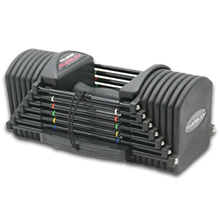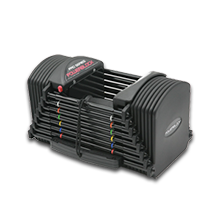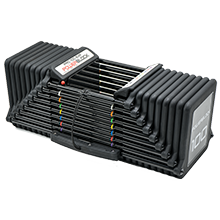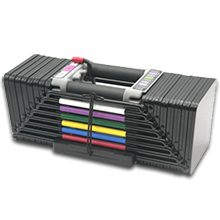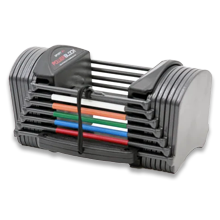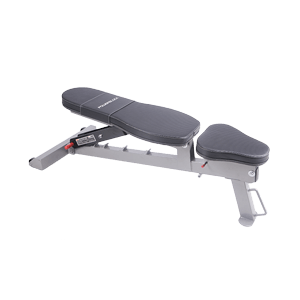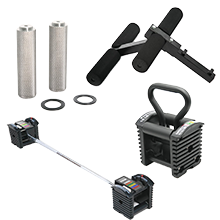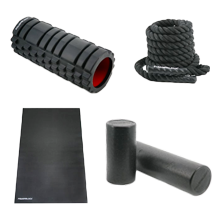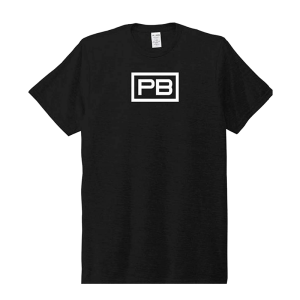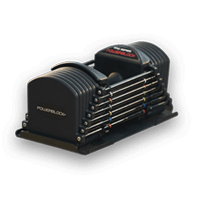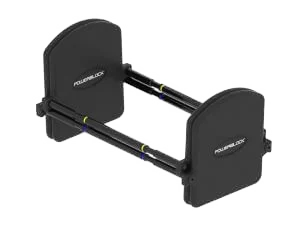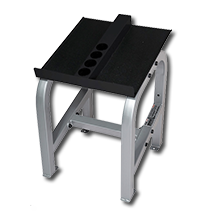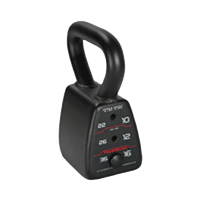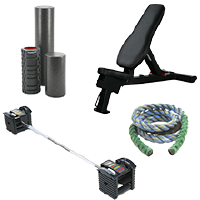
How To Do Proper Dumbbell Rows
The Definitive Guide to Dumbbell Rows
The dumbbell row is a compound movement exercise that’s great for everyone from beginner weightlifters to professional bodybuilders. It’s easy to learn, uses simple movements and doesn’t require complicated equipment — all you need is a dumbbell and a chair or bench. Yet with this single exercise, you work many upper body muscles. This dumbbell row guide has everything you need to know about incorporating them into your workout routine.
What Are Dumbbell Rows?
Dumbbell rows use a vertical pulling movement to target muscles in the upper back while also activating the arms and shoulders. Since a dumbbell row uses multiple muscle groups, it is considered a compound exercise; the motion has been compared to sawing wood.
There are many benefits of learning how to do rows with dumbbells beyond building strength. For one, dumbbell rows use a greater range of motion than barbell rows to improve shoulder and joint mobility. They can also help with posture and grip strength. Finally, doing one-arm dumbbell rows can fix muscle imbalances caused by using one side too much.
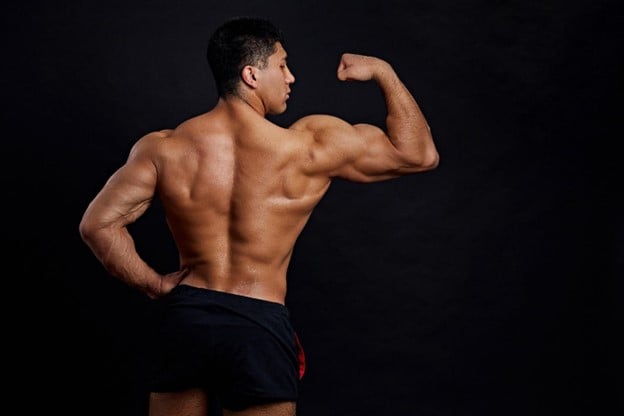
What Muscles Do Dumbbell Rows Work?
A standard dumbbell row works the following back and arm muscles:
- Latissimus dorsi (lats) – The flat triangular muscles that create the V-shape you see in bodybuilders.
- Rhomboids – The muscles that link the upper spine and shoulder blades.
- Trapezius – The superficial muscle that goes from the back of the neck to the shoulder.
- Posterior (Rear) Deltoids – The muscles on the back of the shoulders.
- Forearm Flexors – The muscles that contract your lower arm.
- Rotator Cuff – The muscle that stabilizes the shoulder for upper arm movement.
- Biceps – The large upper arm muscles that help rotate the forearm and flex the elbow.
How To Do Dumbbell Rows
- Hold a dumbbell in your right hand with the palm facing your body. You also can use a kettlebell.
- Rest your left shin on an exercise bench or chair with your left foot hanging off the far end.
- Bend over and put your left palm on the bench. (If using a chair, grasp the end of the seat.)
- Put your right foot flat on the floor.
- Get into the starting position by lowering the dumbbell to a few inches above the floor.
- Slowly lift the dumbbell, while bending your elbow and squeezing your upper back, until your right triceps and back are parallel. Make sure to keep your core engaged throughout this movement.
- Hold for a second or two, then lower the dumbbell to the starting position.
- Repeat for the desired number of reps. (Aim for 8-12 to start.)
- Switch sides and repeat with the left arm.
- Do 2-3 sets.
Get the Best Weights for Any Dumbbell Workout
Don’t clutter your space with extra weights, upgrade to PowerBlock Adjustable Dumbbells today. Whether you want to do fewer reps with higher weight, more reps with lower weight or just want the ability to quickly and easily change the dumbbells you’re using, our adjustable dumbbells are the perfect solution. For those looking to lift heavier, we also offer grips with knurled grips.
Bonus Tip: To maintain proper form, think about pulling the dumbbell back towards your hip and make sure to keep your elbows tucked tightly beside your torso.
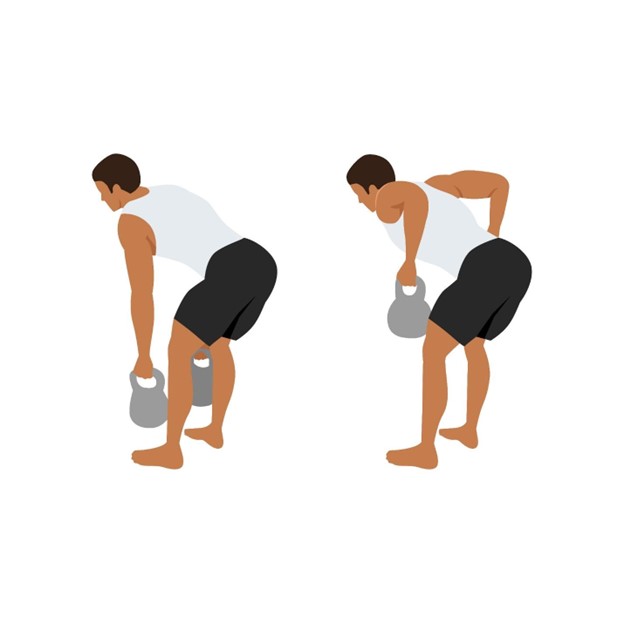
Variations on Dumbbell Row
- Bent-Over Dumbbell Rows – This more-challenging version involves “hinging” at the hips and lifting dumbbells with each hand. It incorporates the lower back, doesn’t require a bench and is better for increasing muscle mass.
- Incline Bench Dumbbell Rows – Another take on two-arm rows where you lay chest-down on a workout bench set at a 45-degree angle. The bench stabilizes your spine, making it easier to isolate and target the back muscles.
